Basset Heeler vs. Pumi: Breed Differences and Similarities
Hypoallergenic
Are Basset Heelers or Pumis hypoallergenic, or neither?
Unfortunately, the Basset Heeler is not hypoallergenic, making it not a good choice for a dog lover who suffers from pet allergies.
While no dogs are truly 100% hypoallergenic, Pumis are about as close as it gets, making them an ideal pet if you are an allergy sufferer.
Temperament
What are the personalities of Basset Heeler and Pumi dogs?
Active
Protective
Alert
Intelligent
Friendly
Affectionate
Devoted
Gentle
Tempered
Sweet
Tenacious
Hard working
Resourceful
Active
Lively
Reserved
Intelligent
Protective
Vocal
Alert
Restless
Extremely Bold
Suspicious Towards Strangers
Sensitive
Noisy
Shedding Level
Do Basset Heelers shed more than Pumis, or which breed sheds more, Basset Heelers or Pumis?
Basset Heeler or Pumi dogs are not heavy shedders, but they will lose a significant amount of hair each year. To decrease the amount of shedding, you can regularly brush your Basset Heeler or Pumi. This will remove loose hair and keep their coat growing in the same direction.
Origin
What is the origin of Basset Heeler and Pumi dog breeds?
United States
Hungary
Ancestry
What are the origins of Basset Heeler and Pumi breeds?
Basset Hound and Blue Heeler
Puli, German and French Sheepdog
Breed recognition
Which kennel clubs recognize/register Basset Heeler and Pumi?
DRA = Dog Registry of America, Inc.
American Canine Registry
America's Pet Registry
Dog Registry of America Inc.
Federation Cynologique Internationale
North American Purebred Registry, Inc.
American Canine Association, Inc.
Continental Kennel Club
National Kennel Club
Foundation Stock Service
Date of Birth
When were Basset Heeler and Pumi breeds first developed?
Unknown
1700s
Eye Color Possibilites
What are the eye colors of Basset Heeler and Pumi dogs?
Brown
Brown
Nose Color Possibilites
What are the natural nose colors of Basset Heeler and Pumi?
Black
Black
Coat Color Possibilites
What are the natural colors of the coat for Basset Heeler and Pumi breeds?
Blue
Red
Black
Gray
Silver
Coat Length
What is the typical coat length for Basset Heeler and Pumi breeds?
Basset Heelers have coats that can be either short or medium in length.
Pumis have medium-length coats.
Coat Density
What is the density of the coat of Basset Heeler and Pumi?
Coat Texture
What is the hair texture of Basset Heeler and Pumi?
Straight
Curly
Litter Size
What is the usual litter size for Basset Heeler and Pumi?
A Basset Heeler can have a litter of 6-8 puppies on average. However, it's worth noting that the size of the litters can vary greatly. Factors that can influence litter size include the health of the mother, breeding history, and genetics.
A Pumi can have a litter of 12-15 puppies on average. However, it's worth noting that the size of the litters can vary greatly. Factors that can influence litter size include the health of the mother, breeding history, and genetics.
Adaptability
Basset Heelers are known for their adaptability and can adjust well to different environments and lifestyle changes.
Pumis are highly adaptable and versatile, making them excellent companions for families and individuals of all lifestyles.
Health Issues
Between Basset Heeler and Pumi, which breed is more prone to health problems?
Basset Heelers typically have low vet costs due to their good health, but it's important to monitor their health and seek vet care when necessary.
Pumis are susceptible to health issues like all breeds, so it's important to monitor their health and seek veterinary care when needed.
Major Concerns
What are the major health concerns for Basset Heeler and Pumi breeds?
Progressive Retinal Atrophy (PRA)
Congenital Heart Defect (CHD)
Patellar Luxation
Lens Luxation
Minor Concerns
What minor health issues should be kept in mind when owning Basset Heeler and Pumi?
None
Hip Dysplasia
Degenerative Myelopathy
Occasional Tests
What occasional tests are recommended for Basset Heeler and Pumi breeds?
X-Rays
Physical Examination
Optical Examination
Complete Blood Test
Angiocardiogram
Echocardiogram
Electroretinogram
Eye Examination
OFA on hips and elbows
DNA Test
Social Needs
Basset Heeler vs Pumi social needs comparison
Basset Heeler has average social needs and is less independent than other breeds.
Pumi has very high social needs and requires regular mental and physical stimulation, a job or purpose, and companionship.
Sleeping Need
Which of the two sleeps the most/least: Basset Heeler or Pumi?
Basset Heelers have moderate energy levels and typical sleep patterns of 12-14 hours per day.
Pumis are active and require sufficient sleep to stay healthy.
Mouthiness
Mouthiness Comparison: Basset Heeler vs Pumi?
Roaming urge
Basset Heeler vs Labrador: Running away tendency?
Prey Drive
Basset Heeler or Pumi - which breed has a higher level of prey drive?
Activity Level
Which breed has higher energy, Basset Heelers or Pumis?
Basset Heelers are high-energy dogs. They need mental as well as physical exercise. These dogs require a lot of your involvement and without it they can, and will, become problematic dogs.
Pumis are medium-energy dogs and typically enjoy socializing and playing casual or even sustained games of chase with other dogs. They may also have occasional periods of barking or racing around the house.
Tolerance of being left alone
Walks per Week
How many miles should Basset Heeler or Pumi walk each week?
There's really no limit to how far you walk your dog as long as they're comfortable. For Basset Heeler, it's at least 12 miles / week. Just remember to build distance and stamina gradually over time.
There's really no limit to how far you walk your dog as long as they're comfortable. For Pumi, it's at least 8 miles / week. Just remember to build distance and stamina gradually over time.
Activity per Day
Do Basset Heelers or Pumis require more exercise?
In general most Basset Heelers usually need at least 60 minutes of exercise daily. This can be spread across the day and include all sorts of high-energy activities, like walking, running and playing.
In general most Pumis usually need at least 45 minutes of exercise daily. This can be spread across the day and include all sorts of high-energy activities, like walking, running and playing.
Grooming
Which breed is easier to maintain in terms of grooming, Basset Heelers or Pumis?
The Basset Heeler has low grooming needs and is easy to maintain.
The Pumi requires an average amount of grooming compared to other breeds.
Brushing Frequency
What is the recommended brushing frequency for Basset Heeler and Pumi dogs?
Ideally, Basset Heeler should be brushed at least 2 or 3 times a week (preferably daily) improve shedding.
Pumi should be brushed at least once a week. Of course you can give them more frequent brushes if you find that they are still shedding a lot
Brushing Tools
What brushing tools are used for Basset Heelers and Pumis?
Pin Brush
Comb
Hemostat
Nail Clipper
Pin Brush
Slicker Brush
Comb
Nail Clipper
Cups
How much food should be given to Basset Heeler or Pumi in cups?
For an average 33-40 pound (15 - 18 kg) Basset Heeler feed 3 cups daily. But, keep in mind, the amount you feed is going to be dependent on the quality of the food you are feeding.
For an average 27-29 pound (12 - 13 kg) Pumi feed 1.2 cups daily. But, keep in mind, the amount you feed is going to be dependent on the quality of the food you are feeding.
Daily Cost
Which breed has a higher daily cost, Basset Heeler or Pumi?
The average cost of a Basset Heeler is somewhere $1.70 - $2.00 per day.
The average cost of a Pumi is somewhere $1.40 - $1.40 per day.
Monthly Cost
Which breed has a higher monthly cost, Basset Heeler or Pumi?
The average per month expenses of a Basset Heeler is between $48 - $63. This makes an average of $576 - $756 per year. It will be on the higher side when the dog is still small because it will need more frequent visits to the vet, shots.
The average per month expenses of a Pumi is between $35 - $42. This makes an average of $420 - $504 per year. It will be on the higher side when the dog is still small because it will need more frequent visits to the vet, shots.
Sensitivity Level
How do Basset Heeler and Pumi compare in sensitivity?
This breed is sensitive and requires gentle handling and a calm home environment.
Pumis are adaptable and resilient, making them ideal for those seeking a less sensitive pet.
Apartment Friendly
Which breed is more apartment-friendly: Basset Heeler or Pumi?
The Basset Heeler is not suitable for apartments and requires a large yard to thrive. Pent-up energy in small spaces can lead to destructive behavior.
Pumis are good apartment dogs as long as they get enough exercise and stimulation outside of the apartment.
Child Friendly
Do Basset Heelers or Pumis have a friendlier temperament towards children?
Basset Heeler and Pumi are kid-friendly dogs. They are good with children and excellent dogs with children if they are socialized and trained at a young age.
Senior-friendly
Which dog is more suitable as a pet for the elderly - Basset Heeler or Pumi?
Cat Friendly
Do Basset Heeler or Pumi breeds have a better compatibility with cats?
Basset Heelers are good with cats, but early training is needed to prevent chasing behavior.
Pumis are average in their friendliness toward cats and tend to do well with them, especially if raised together.
Dog Friendly
Which breed is more sociable with other dogs: Basset Heeler or Pumi?
Basset Heelers are friendly and active companions, and can be good family pets, though their friendliness towards other dogs may vary.
Pumis are average in their friendliness towards other dogs, and socialization can help.
Pet friendly
How do Basset Heeler or Pumi dogs interact with other pets?
Stranger Friendly
Which breed is more friendly with strangers: Basset Heeler or Pumi?
Basset Heelers are friendly but may bark at strangers, and training is easy due to their intelligence.
Pumis are quick to announce strangers and can be standoffish or suspicious.
Playfulness
Which breed is more playful between Basset Heeler and Pumi?
Basset Heelers are a playful breed that needs daily playtime to be happy.
Pumis are very playful, so adopting an older one might be a better option for a more relaxed experience.
Trainability
How do the trainability levels of Basset Heelers and Pumis compare?
Basset Heeler and Pumi dogs are known for their ease of training and ability to learn quickly, making them a popular choice for pet owners and trainers alike.
Compare Basset Heeler with other breeds

Bordoodle
Basset Heeler vs Bordoodle
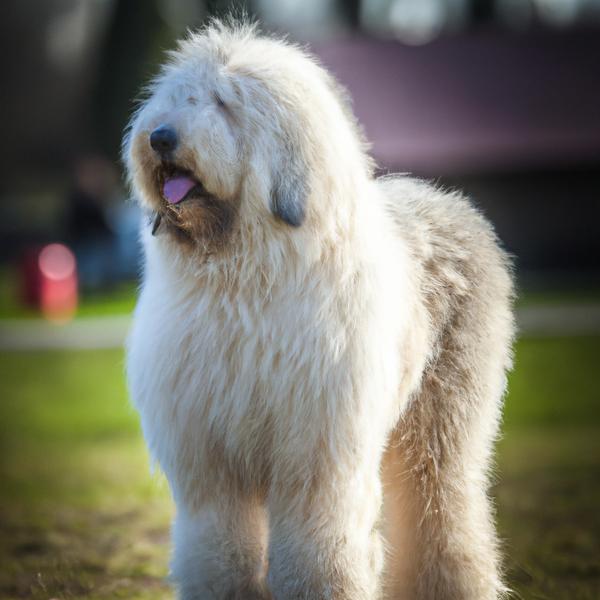
Komondor
Basset Heeler vs Komondor

Lhasanese
Basset Heeler vs Lhasanese
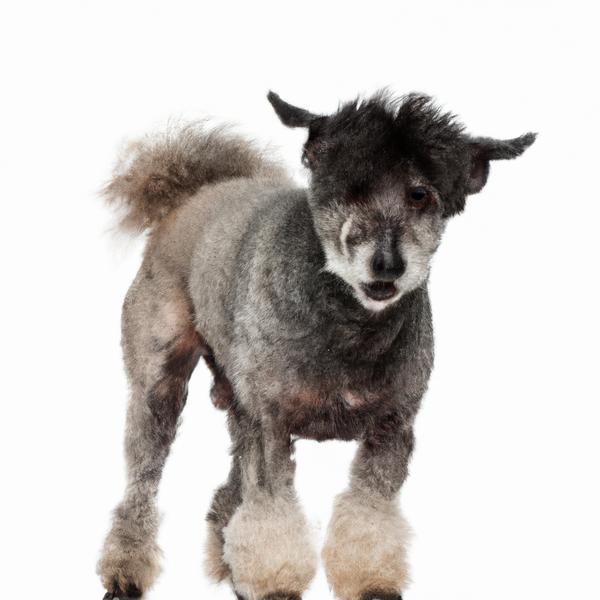
Pumi
Basset Heeler vs Pumi

Daniff
Basset Heeler vs Daniff

Mini Torkie
Basset Heeler vs Mini Torkie
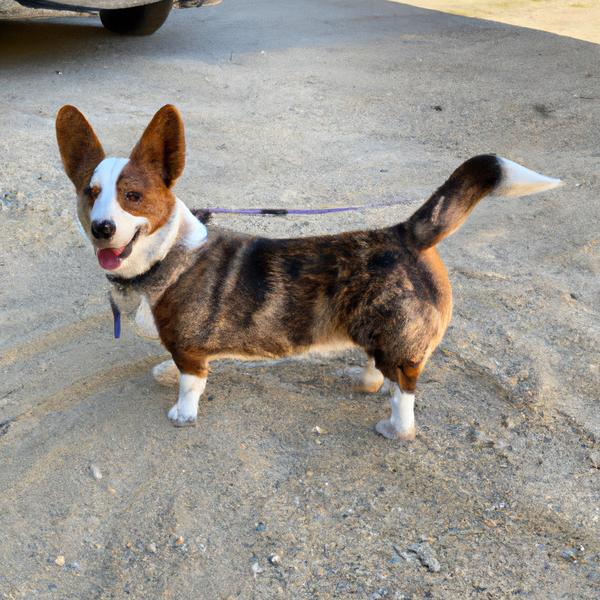
Corgi Cattle Dog
Basset Heeler vs Corgi Cattle Dog

Sheltie Pug
Basset Heeler vs Sheltie Pug
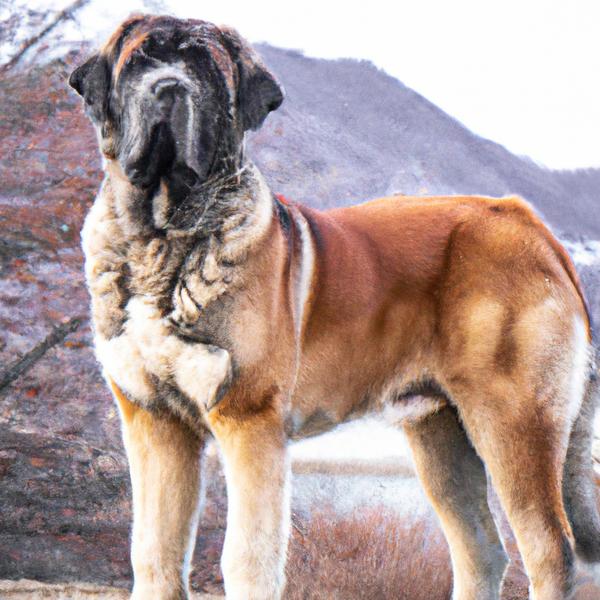
Mountain Mastiff
Basset Heeler vs Mountain Mastiff

American Bullweiler
Basset Heeler vs American Bullweiler

Italian Bulldogge
Basset Heeler vs Italian Bulldogge
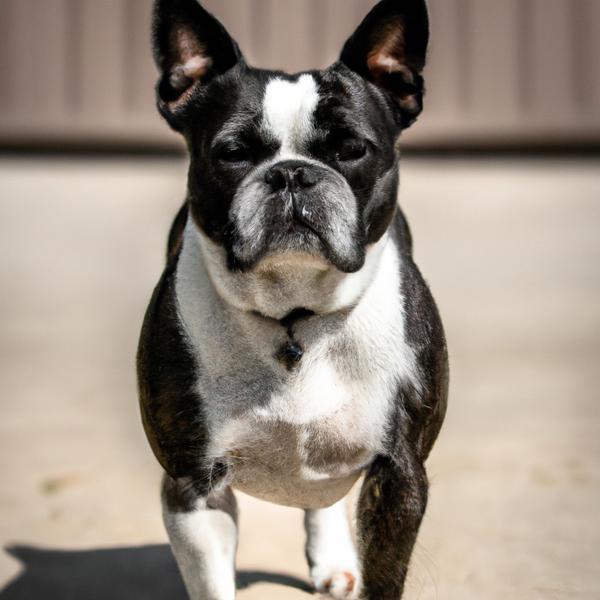
French Bull Tzu
Basset Heeler vs French Bull Tzu
